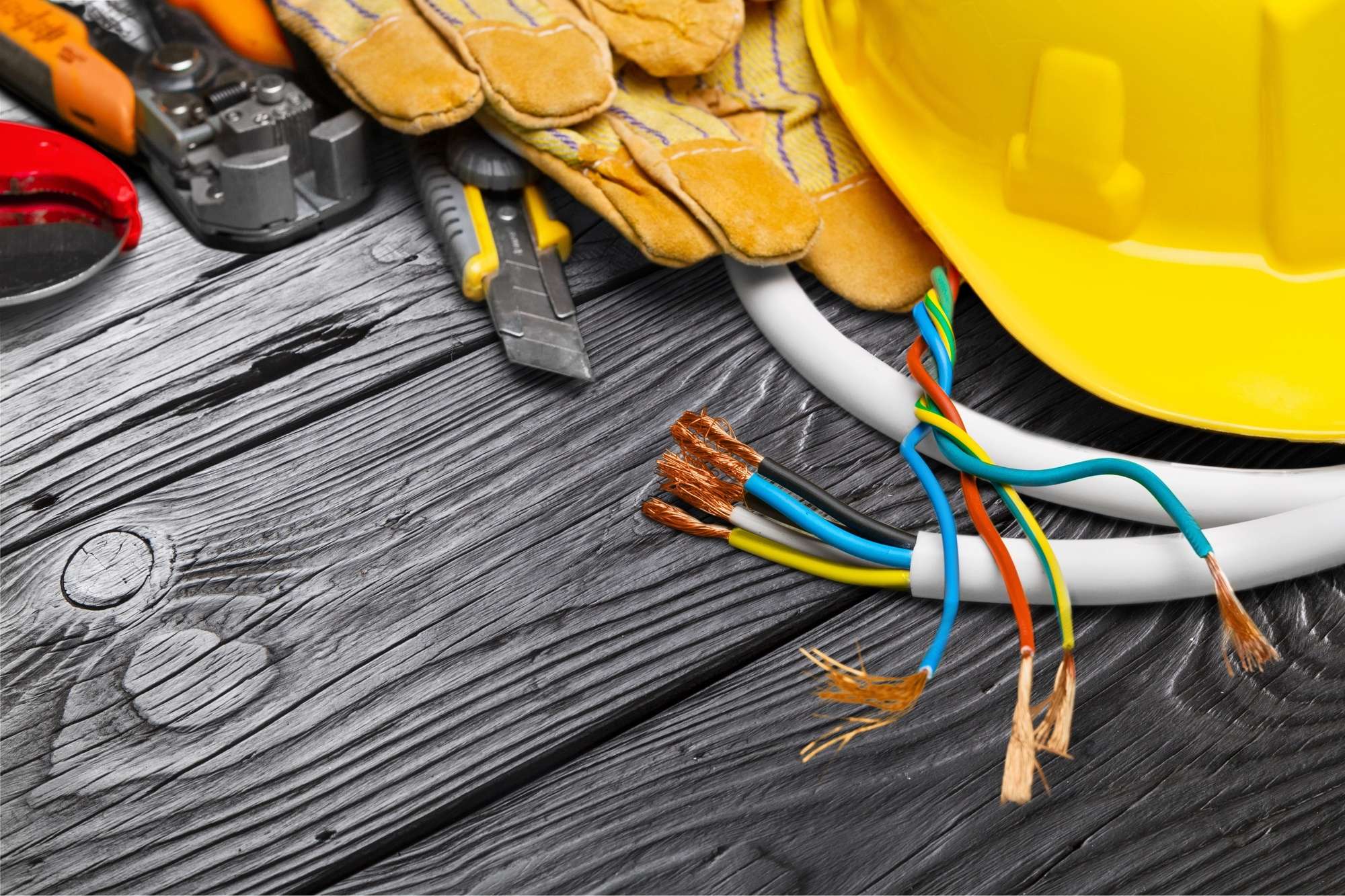You remember glow sticks, right? Those little plastic pieces with the little liquid inside that you had to “crack” so they would start to glow.
From rumors of freezing them to make them last longer to cutting them open to spread the glowing liquid on other things, glow sticks were ubiquitous. Today they evoke fond memories of skating rink birthday parties and night clubs.
What if there were a new technology that could bring back those memories? This is where electroluminescence (EL) comes in. Keep reading to learn all about it and how things like EL wire can be used.
What Is Electroluminescence?
Electroluminescence, or EL, is the process by which an object converts electricity into light. The word is a combination of the prefix electro- and the word luminescence which comes from the Latin for light and state of being.
Electroluminescence is different from traditional glow sticks in that it doesn’t use a chemical reaction to produce light but a physical one.
There are two main types of EL devices. One type uses semiconductors to produce light. These normally have two parts, one with extra electrons and a negative charge, and the other with fewer electrons (holes) and a positive charge.
When you apply electricity to the semiconductor, the electrons and holes recombine to release energy as light. This is the physical process behind most light-emitting diodes (LEDs).
The other type uses phosphors to produce light. These materials naturally release light when electricity is applied to them. When the electricity hits them, it excited the electrons in the material’s atoms to a higher energy state.
After a short time, the electrons go back down to their ground state, releasing light in the process. Because electrons have discrete energy levels, the light released always has a particular energy and hence a particular color.
Electroluminescent Materials
EL materials typically have several layers. The core is made of copper which carries the electric current through the material. The copper is surrounded by a phosphor which is what actually produces the light.
Wrapped around the phosphor layer are small copper wires to complete the circuit. This is similar to how coaxial cables have an inner and outer conductor layer so that electricity can flow in both directions.
The next layer is a clear PVC or other plastic. This helps to protect the inner layers from being damaged or short-circuiting. The last layer is another layer of plastic, but this one usually has a particular color.
Since the color of light released depends on the electron orbital levels inside the phosphor material, these have a limited range of colors they can produce. If you want different colors, you need the outer-most layer of plastic.
Because the phosphors need to continually absorb and release energy, these do not work with direct current (DC). A continuous alternating current (AC) applied to the phosphor releases a continuous stream of light.
Because EL materials use phosphors, they do not release heat, so they are great for personal use.
Applications of Electroluminescence
There are many applications for EL devices, whether they use semiconductors or phosphors. LED lights are poised to make incandescent and fluorescent lights obsolete. Phosphors are widely used in TVs and computer monitors.
Phosphor based EL materials also find use in decorating. Whether you want to wear lights as part of a costume or light up a stage at a concert, EL wires, tape, or panels may be right for you.
EL Wire
EL wire lights bring versatility to electroluminescent technology. You can use them to make an EL wire costume or just attach some to your normal attire to give it an extra flair. You can make an EL wire mask for a party or for Halloween.
You can use electroluminescence on your car to make an EL wire car. However, it may be illegal to have lights on certain parts of your car, so check your local laws before using EL wire in this way.
An EL wire kit will typically be more than just the light-producing wire itself. It has to have a power source like a battery pack or something similar. However, batteries produce DC power while phosphors need AC power to operate.
This means a power inverter needs to be applied before the electricity gets to the actual EL wire. These tend to be small and light enough to make wearable EL wire convenient.
EL Tape
EL tape is similar to EL wire, but it is wider and can be adhesive. This means you can attach it almost anywhere. You can bend it into almost any configuration to get the design you want.
For more information about EL tape and other electroluminescent products, check our EL tape from Ellumiglow.
EL Panels
Panels of electroluminescent lights can be used to create all sorts of displays and set-ups. These are perfect for things like light shows or concerts. You can even use panel displays to light up your next party.
These panels can come in all sorts of colors and configurations to match the event or venue you want them to.
Next Steps
Now that you know all about what electroluminescence is and some applications including EL wire, feel free to do some research on your own and find the right kind of EL for your next project.
If you enjoyed this article, please comment or share and check out some of our other great content from interesting facts to common misconceptions!











